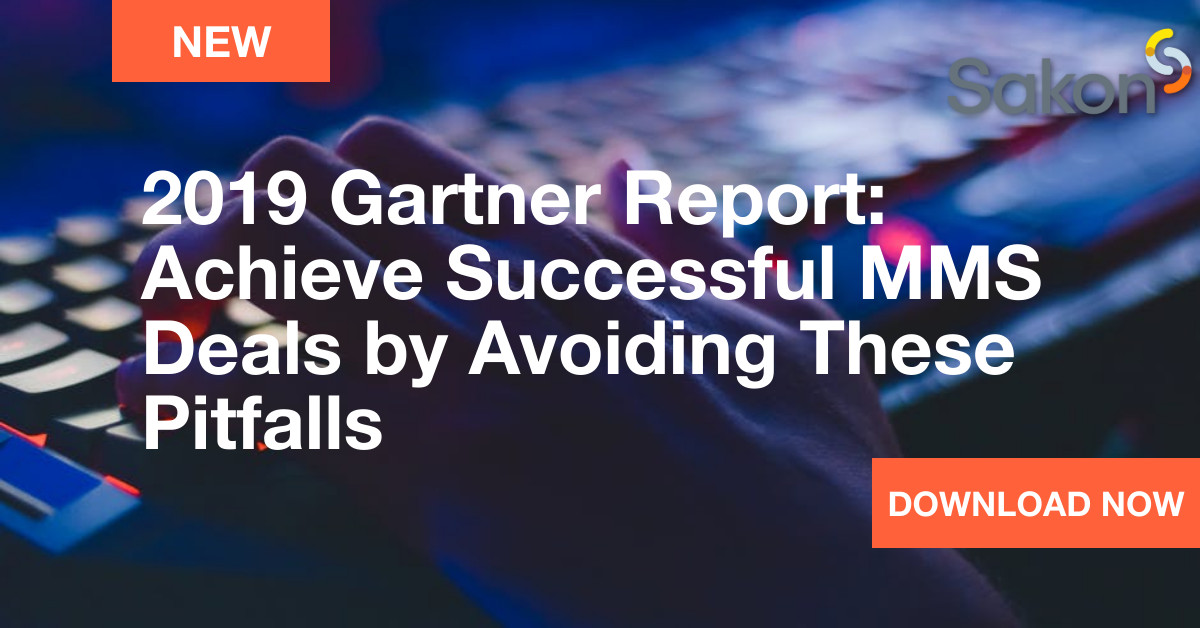Analyzing End User Support Costs For Mobile Users
Welcome to the fourth chapter in an eight-part series on “Understanding the Total Cost of Ownership (TCO) of the Corporate Mobile Estate” brought to you by the Sakon Mobile team. In part 1 we looked into the different component services of device procurement and discussed how decisions that the enterprise makes can affect the cost of service delivery and mobile enablement. In part 2 we evaluated the impact that Forward and Reverse Logistics can have on the TCO for mobility, as well as the productivity and cost benefits that can be delivered through a managed service provider’s logistics capabilities. In part 3 we examined corporate device return programs and quantified how an end of life device recycling and monetization program can provide substantial financial benefits to the enterprise. Part 4 will focus on End User Support and the costs associated with providing mobile-specific support across the organization.
End-User Support: From a service delivery perspective, End-User Support includes the services, software and integration capabilities required to provide comprehensive support across all aspects of enterprise mobility. Effective mobile support should be able to address a wide range of common end-user issues ranging from basic device or carrier questions to mobile device management (MDM) administration and software/hardware support.
Common Challenges
- Supporting mobility, especially in a hybrid mobile environment with both corporate-liable and individually liable devices, requires end-user support across multiple operating systems and device types. It is increasingly rare to find an enterprise mobility environment without both iOS and Android devices, several different device types, and multiple device ownership models.
- According to a recent Samsung/Frost & Sullivan research brief, “smartphone users report that they gain back just under an hour [each day] by using a smartphone for work, and they see a 34 percent improvement in overall efficiency.”[1] Failing to provide the necessary support for mobile users can, therefore, result in significant decreases in worker productivity and lost revenue.
- Mobile end users, especially millennials, prefer self-service options, such as chatbots, AI and knowledgebase articles to actual human support for basic issues. Creation and deployment of alternate support methods such as these fall outside of typical end user support activities and necessitates the involvement of additional teams or consultants, increasing cost.
- As opposed to the traditional model of application deployment within a corporate environment, mobile application deployment is often handled independently of the support desk through an app store or via UEM/MDM entitlements. Lack of coordination between application developers and mobile support teams can result in significant productivity or revenue loss and poor end-user experience.
Best Practices from the Experts
- According to DJ Oreb, President of DMI’s Managed Mobility Services Division, “during implementation, it is critical to look at as much existing ticket and call data as possible. Breaking down the existing ticket and call data allows us to see how effective the end-user support processes are and illuminate gaps and inefficiencies that must be addressed to improve the quality of service. It is through this ongoing analysis and examination of the call and ticket data that we can continuously refine our approach to supporting the end-users.”
- “It is imperative that the application development team coordinates updates and roll-outs with the mobile support group,” says Charlie Yielding, Chief Executive Officer at GSquared Wireless. “In situations where commonly used mobile applications have undergone significant design or functionality changes, application developers need to work closely with the mobile support team to create the necessary support materials in advance of the application update being pushed out, or run the risk of overwhelming the support team with frustrated end users struggling to use the new version of the application.”
Financial Impact
Using the same population of 2,500 Corporate-Liable devices that have featured in previous articles, let’s compare the TCO of the two predominant approaches to mobile end-user support – internal support versus a managed service provider.
- For any company contemplating using internal support, there are a handful of metrics that are very useful for estimating the footprint of the support desk:
- Approximately 12% - 15% of the end-user population will contact the support desk each month.[2]
- Level 1 Support resources should be able to address 30 – 35 calls per day; Level 2 Support resources should be able to address 15 – 25 calls per day.[3]
- The total cost per support resource (salary and benefits) runs from approximately $65k to $118K with an average of $88k.[4]
- 24 x 7 coverage requires 3 eight-hour shifts of coverage per day.
By applying these metrics to our environment of 2500 devices, we can calculate that we should expect to receive approximately 337 calls per month (11 calls per day). Given the small volume of calls, 1 support resource per 8-hour shift should be sufficient, with 2 60% resources covering the weekend (each does 2 12-hour shifts). This results in a total of 4.2 FTE, which, when assuming a fully loaded cost per employee of $88k per the Gartner research, results in a total cost of $369,600 for the year, or $12.32 per device per month. Compare this to using a Managed Services Provider offering Level 1 & 2 support 24 x 7 for less than $2.00 per device per month. Using an MSP also provides the additional benefit of the support team being able to scale quickly to respond to spikes in demand. For our sample population of 2,500 devices, the choice of the MSP is an easy one.
Massive thanks to DJ Oreb and Charlie Yielding for their insights and patience as we discussed best of breed mobile end-user support. This article is infinitely better for their contributions!

|

|
|
President
|
Chief Executive Officer
|
Next, in Part 5 of “Understanding the Total Cost of Ownership (TCO) of the Corporate Mobile Estate,” we look at Reducing Costs Through Invoice Validation.
Appendix:




